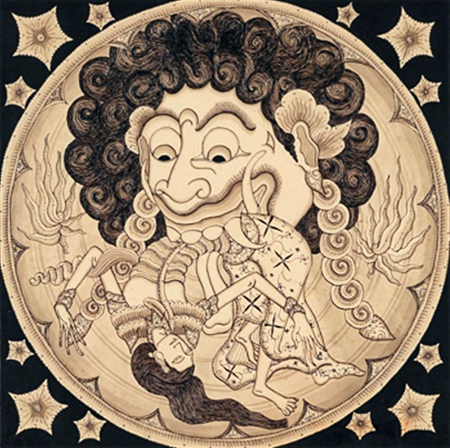Q: Does individuality survive enlightenment? In other words, putting aside any genetic differences, age, etc., would 50 realized people act the same in the same environment? Would they have the same preference for food, clothes, etc?
If not, why not? It seems that If the ego is completely destroyed, and a soul does not exist, and a person is in a permanent state of enlightenment, there wouldn’t be any difference between any of them. (My definition of an ego includes all past experiences.)
In addition, people often say something like, “I always wanted to do that,” or “Deep inside I always knew I would be a doctor or a scientist,” etc. What is that? Where does this “knowing” come from? Is it just an ego playing its games?
Thank you, I appreciate your help. Your books are really great. I’ve enjoyed reading them.
A: Good questions! But, before I answer them, you have to always bear in mind that questions like these refer to the appearance, not the reality; vyavahAra, not paramArtha. In reality, no one has ever been born; there is no ‘creation’; there is only Brahman. (I’m assuming from what you say that you have read ‘A-U-M’, in which case you will be happy with this!) So the answers are academic, in line with traditional Advaita, but are all mithyA in reality. Continue reading



